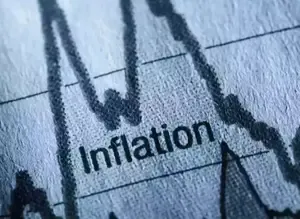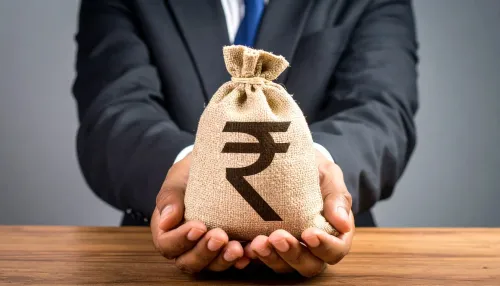Food Costs Surge 40% for South Korea's Lowest Income Class Amid Inflation

Synopsis
Key Takeaways
- Food expenses for the lowest income class rose by nearly 40%.
- Monthly average food spending reached 434,000 won in 2024.
- Overall household food expenses increased by 26.3% to 841,000 won.
- High-income households spent 1.32 million won on food.
- Lower-income individuals spend 45% of their disposable income on food.
Seoul, March 2 (NationPress) Food expenditures for the lowest income class in South Korea have surged by nearly 40 percent over the last five years due to escalating food inflation, which has created a more significant financial strain on those with lower incomes, according to government statistics released on Sunday.
Individuals in the bottom 20 percent of the income spectrum spent an average of 434,000 won ($300) monthly on food in 2024, marking an increase of 121,000 won, or 38.6 percent, compared to 313,000 won in 2019, as reported by Statistics Korea.
In contrast, the overall household food expenses in South Korea rose by 175,000 won, or 26.3 percent, reaching an average of 841,000 won during the same timeframe, as detailed by Yonhap news agency.
Those within the highest income tier particularly allocated 1.32 million won for food, reflecting a 27.1 percent increase from 1.04 million won over these five years.
The surge in food expenses was attributed to significant inflation in food prices across the nation.
The food and beverage price index stood at 122.9 in 2024, an increase of 28.3 percent from 95.8 in 2019, surpassing the 14.8 percent rise in South Korea's overall consumer price index during the five-year span.
Furthermore, the price index for food services, which encompasses restaurant and catering costs, escalated by 22 percent from 99.2 to 121 during the same period.
Experts have noted that the sharp escalation in food prices has disproportionately affected lower-income individuals, as they tend to allocate a higher percentage of their income towards food when compared to those in higher income brackets.
According to additional data from Statistics Korea, individuals in the lowest income tier spent 45 percent of their disposable income on food, whereas the top-income group devoted only 15 percent.
Meanwhile, South Koreans are reported to spend an average of two hours daily on the global video streaming platform YouTube, according to industry data released on Sunday.
As of Tuesday, South Korean users cumulatively spent 69.65 million hours on YouTube, as per mobile index data from industry tracker IGAWorks.
This translated to 29.99 million daily active users (DAU), with each user averaging 139.37 minutes per day.
Notably, the average daily usage time exceeded 150 minutes on Sundays.
The IGAWorks data also indicated that Instagram had 13.4 million DAUs as of Tuesday, with users spending an average of 50.58 minutes on the application.
KakaoTalk, the leading mobile messenger operated by Kakao Corp., reported 37.16 million DAUs, with an average daily usage time of 30.12 minutes.
Naver, the largest mobile and online portal application, recorded 26.51 million DAUs, with users averaging 25.4 minutes each day.









